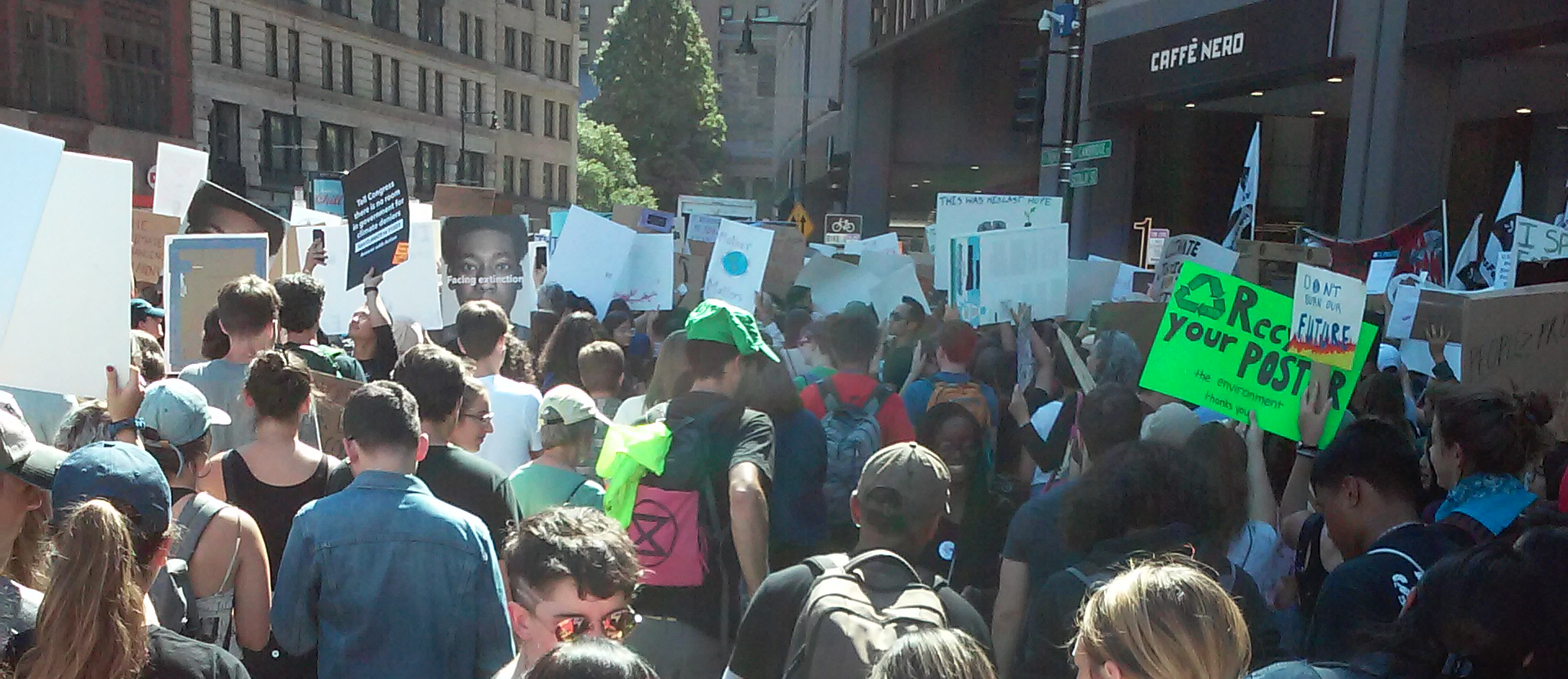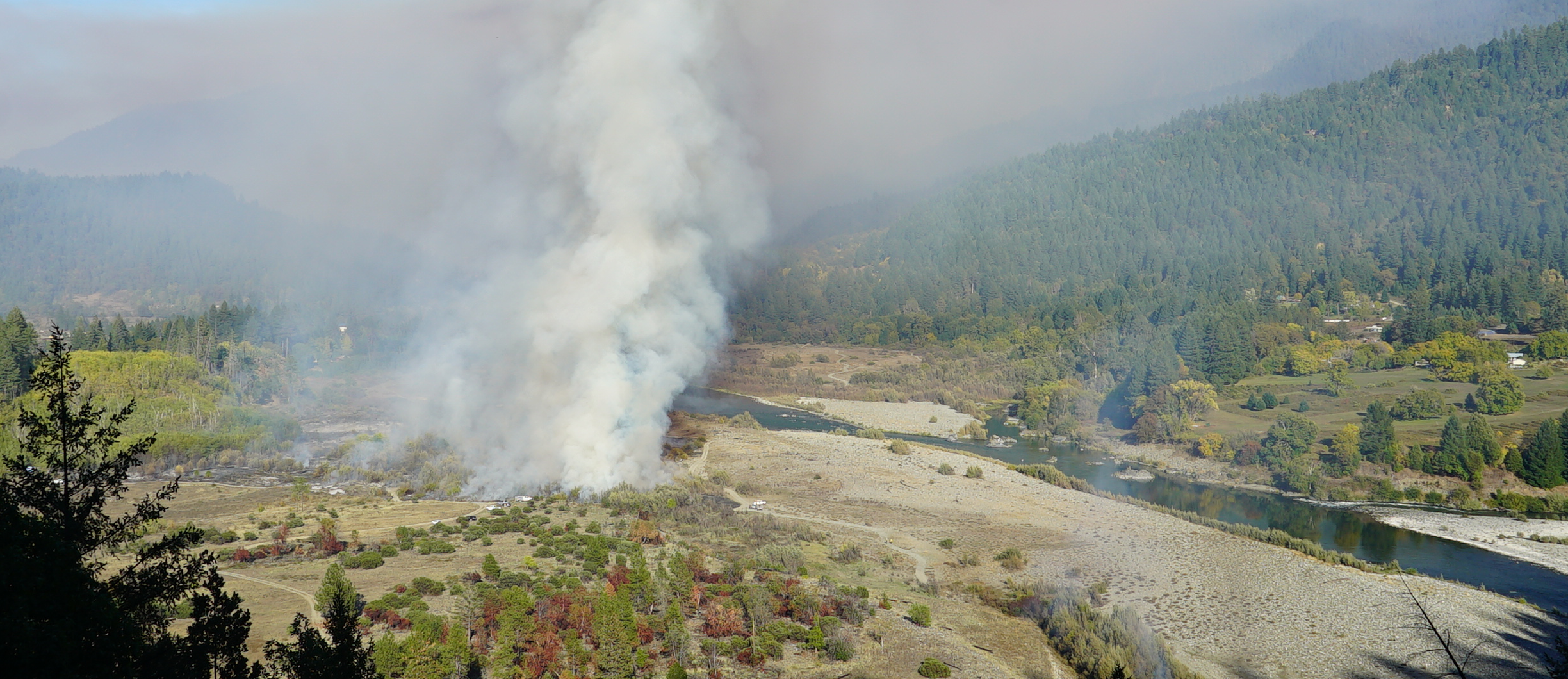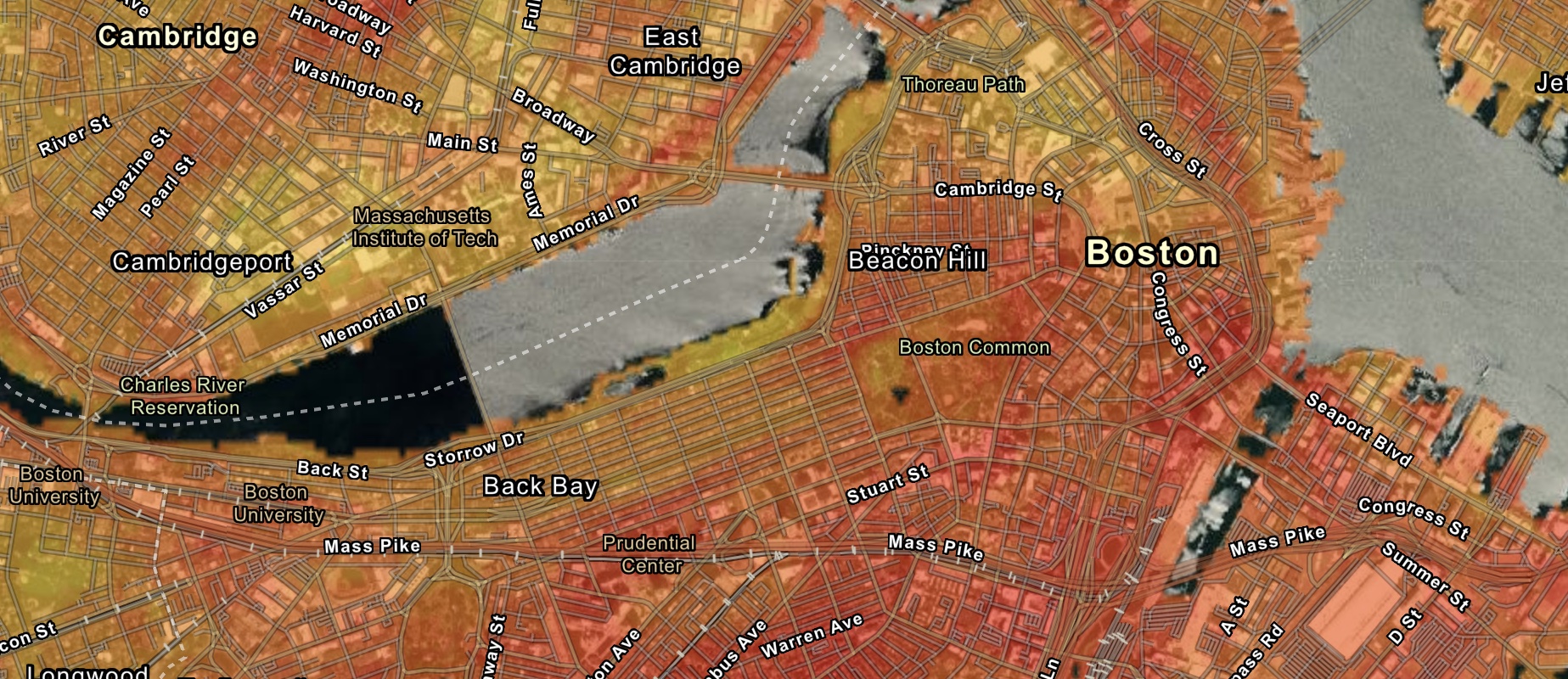Is the environment something we all have in common?
Who benefits when the natural world is flourishing and healthy? Who gets to enjoy landscapes that are beautiful and well-functioning? By contrast, who is harmed by a dangerous and degraded environment? Whose lives and livelihoods are put at risk when the world around us becomes poisonous and uninhabitable?
The Good Things in Life Belong to All of Us
Environmental Protection Agency
1975
Leventhal Map & Education Center

This 1975 poster created by the Environmental Protection Agency (EPA) argues for responsible environmental stewardship as a universal good. It appeals to “all of us” as the shared owners of the world’s common resources. In the decade after the first Earth Day on April 22, 1970, concern for the natural world became a major political issue in the United States; the EPA was just five years old when this poster was printed. The design and message of its colorful pop graphics convey a sense of shared responsibility.
We Must Have Order
Heidi Brandt; War Resisters League
ca. 1989
Leventhal Map & Education Center

Above, another protest poster from around the same period makes a very different argument about social order. Created by the artist Heidi Brandt for the pacifist War Resisters League, the poster draws attention to the injustices of a highly unequal global society, with the “Third World” at the bottom of a pyramid that supports the consumers of the rich world at the very top. The caption lists environmental degradation—“in which the air is polluted and the rivers and lakes turned into sewers”—as just one among many consequences of social exploitation.
Taken together, both of these posters represent a paradox at the heart of environmental activism. As an entire species, we rely on the shared resources of the natural world in order to survive, and this interdependency connects us together in a truly global common interest. At the same time, environmental harms follow the same patterns of unequal exposure that have long been used to set groups of people apart. Too often, efforts to improve the environment have only managed to make life better for those who already enjoyed the most privileged conditions.
As you visit this exhibition, pay attention to these questions of commonality and difference. If we really want to protect the “good things in life,” as the EPA’s poster implores us, what must we consider about how these good things are shared?










